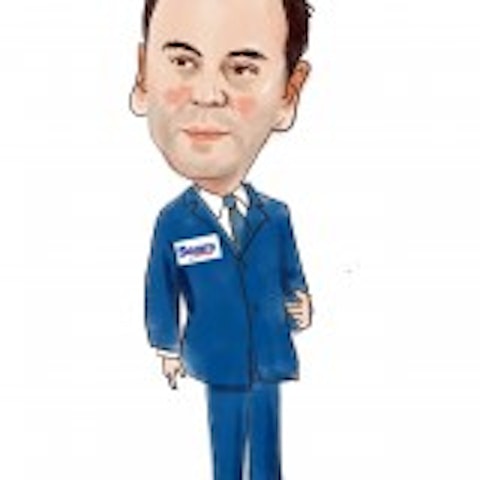Filings with the SEC have disclosed that billionaire Eddie Lampert purchased 1.2 million shares of Sears Holdings Corporation (NASDAQ:SHLD) from his hedge fund ESL Investments on March 4th at an average price of $44.36 per share. Lampert also serves as the CEO of Sears. The $5 billion market cap department store has been one of ESL’s signature holdings for some time (see Lampert’s stock picks); it is down 48% in the last two years as competitive pressure has intensified both from big-box discount retailers such as Wal-Mart Stores, Inc. (NYSE:WMT) and Target Corporation (NYSE:TGT) and from online retailers such as Amazon.com, Inc. (NASDAQ:AMZN). The stock is up about 7% on the day following news of Lampert’s purchase.
Sears’s poor fortunes have driven away many hedge funds. We track 13F filings from hedge funds and other notable investors, in part to monitor individual holdings over time and in part to help develop investment strategies (for example, we have determined that the most popular small cap stocks among hedge funds outperform the S&P 500 by an average of 18 percentage points per year). Our database of filings which report positions as of the end of December has ESL and Bruce Berkowitz’s Fairholme as the two largest holders of Sears among all filers; Fairholme had about 18 million shares in its portfolio at the end of 2012 (find Berkowitz’s favorite stocks). Horizon Asset Management, which is managed by Murray Stahl, had the next largest position at 1.8 million shares (check out more stocks Horizon owns).

As we’ve mentioned, Sears has a market cap of about $5 billion (as well as over $3 billion in debt compared to about $600 million in cash), so this places it in a distressed situation. Wall Street analysts actually expect EPS to worsen in the current fiscal year and only slightly recover- not even to current levels- in the year ending in January 2015. The stock is also a popular short.
Target and Wal-Mart are much more stable retailers. Profitable, both companies trade at 15 times their trailing earnings. They’ve also both reported revenue growth in their most recent quarter compared to the same period in the previous year, though some reports have said that Wal-Mart has started the current fiscal year off very weak and we’d imagine that if that is the case than Target may be struggling as well.
It’s also interesting to compare Sears to the similarly troubled J.C. Penney Company, Inc. (NYSE:JCP), which has its own billionaire hedge fund manager backing it in the form of Bill Ackman of Pershing Square. JC Penney recently reported very disappointing results, which has put a good deal of pressure on Ackman who has also had to deal with increases in price at his high profile short Herbalife Ltd. (NYSE:HLF). See more stocks Ackman likes. JC Penney is also expected to be unprofitable for the next two fiscal years and also has high short interest.
Lampert is taking a more direct stake in Sears, but we’re still seeing a decline in revenue- even while Target and Wal-Mart continue to grow their sales. The often optimistic sell-side actually expects the earnings per share picture to be worse in two years, after which time e-commerce will presumably have taken even more market share from physical retailers. We doubt that stores like Sears and JC Penney will have much latitude for recovery for that environment as they simply will not be able to compete on price and rebuild profits. As a result we would avoid Sears for now.
Disclosure: I own no shares of any stocks mentioned in this article.





